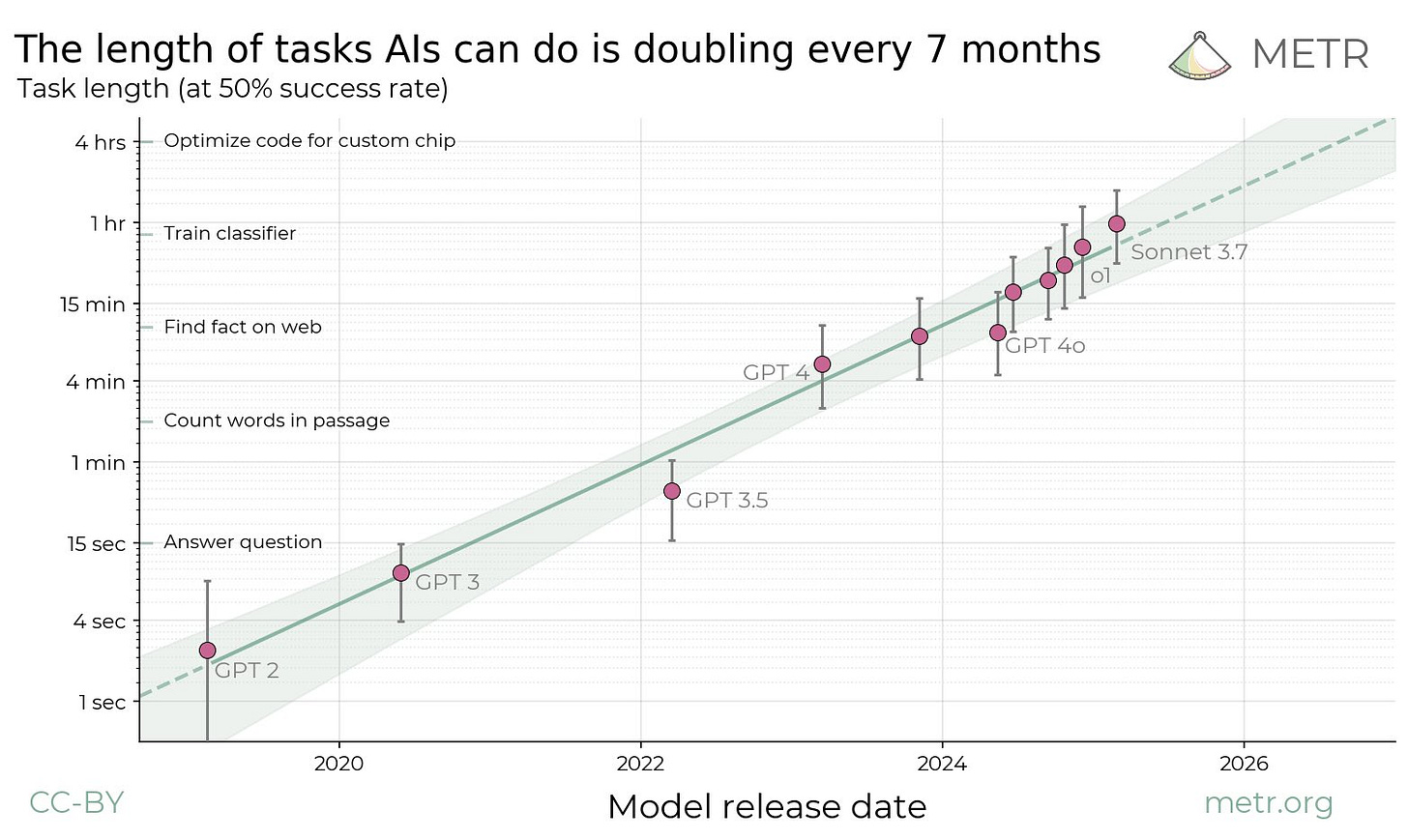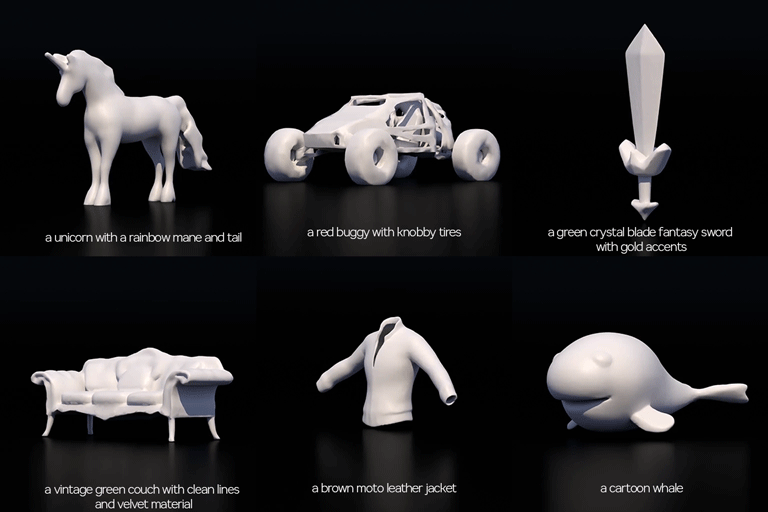Each week, I'll bring you the most relevant and insightful tech stories, saving you time and keeping you informed
Understanding Solar Energy
This week I want to share the thoughts when I read
Growth Trajectory: Solar photovoltaics (PV) has exploded since the 2010s, becoming the largest share of planned electricity generation projects in the US (50% of the 1,900 gigawatts in the interconnection queue). It grew from 100 to 1,000 terawatt-hours globally in just 8 years—faster than any energy source in history.
Current Scale: Despite this, solar accounted for only ~4% of US electricity generation and <1% of total energy production in 2023, showing it’s still a small player in absolute terms.
Cost Decline: Since the 1950s, solar PV costs have dropped by a factor of nearly 10,000 (from $300,000 per megawatt to $36 per megawatt). It’s now one of the cheapest electricity sources, with costs still falling (e.g., >50% reduction in PV cell costs over the last decade).
Intermittency: Solar only generates power when the sun shines, unlike “firm” sources (e.g., gas, nuclear). This variability—due to day/night cycles, seasons, and weather—creates a mismatch with electricity demand, exemplified by the “duck curve.”
How to address Intermittency
If only building more panels, the maximum capacity is 50% based on research.
So other strategies have to use in order to address the problem:
Storage: Lithium-ion batteries store excess daytime energy for nighttime or cloudy periods.
Complementary Sources: Pair solar with wind or dispatchable power like gas
Meeting higher demand shares (e.g., 75% vs. 25%) requires disproportionately more panels and storage. For a simulated Atlanta home, 100% demand needs 250 m² of panels and 80 kWh of storage—five times peak consumption.
Why solar is important
The rapid growth and cost declines are exciting—solar’s cheaper than ever, and it’s scaling fast. But its small current share (<4% of electricity) and intermittency remind us it’s not a quick fix.
AI
Moore’s Law for AI Agents
In new research, we find a kind of “Moore’s Law for AI agents”: the length of tasks that AIs can do is doubling about every 7 months.
Bolt3d - Generate 3d in seconds
Cube: Generative AI System for 3D - Roblox Foundation Model for 3D Intelligence
New products & Tools …
Cal.com
Cal.com share the open source book system: https://github.com/calcom/cal.com
Aha
The world's first AI influencer marketing team
This tool will help you analyze your website and generate a campaign recommendation for you. Also this platform has a lot of influencers that you could connect to and continue the influencer marketing journey.







